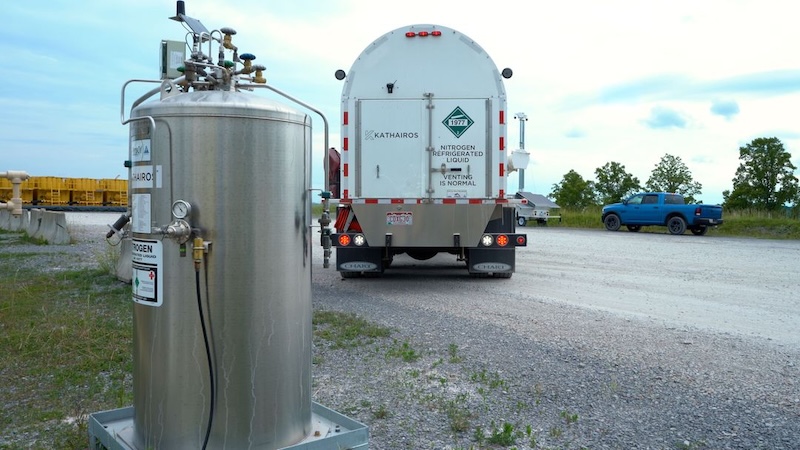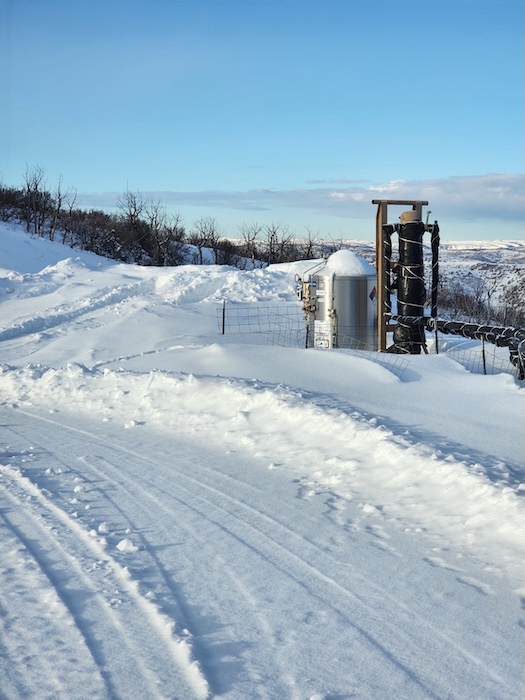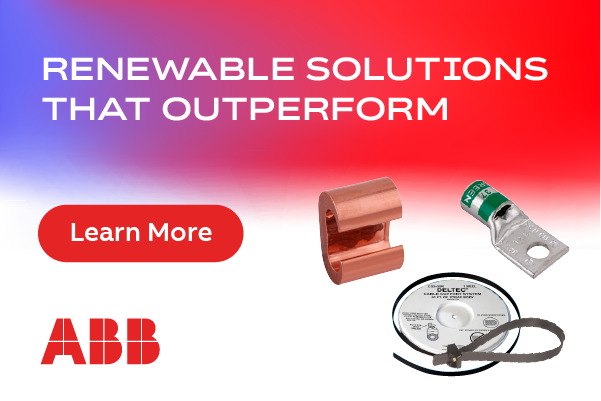Reconsidering Biden’s Methane Regulations: Oil and gas producers are responding
On March 12, 2025, the U.S. Environmental Protection Agency (EPA) launched the “Biggest deregulatory action in U.S. History” by rolling back or reconsidering some 30+ environmental regulations in the name of lowering the cost of living and unleashing American energy. Among the actions listed was the “Reconsideration of regulations throttling the oil and gas industry (OOOO b/c).” Subparts OOOOb and OOOOc of the Clean Air Act, section 111(d) were released in December 2023 with the goal of reducing methane emissions and volatile organic compounds from oil and gas facilities. The likelihood of either of these subparts being fully rescinded is unlikely, and many oil and gas producers are moving forward on methane action regardless of the political landscape. Still, many producers are adopting a “wait and see” approach amidst the regulatory uncertainty, exposing them to compliance and supply chain risks down the road.

What are OOOOb/c?
Methane – the primary component of natural gas – is an extremely potent greenhouse gas. The oil and gas industry are one of the largest sources of anthropogenic methane emissions. Methane is not just inadvertently leaked (“fugitive emissions”) but is often routinely and purposely vented during the production of oil and gas. Some of the main sources of methane venting at oil and gas facilities include pneumatic devices, storage tanks, dry seal compressors, unlit flares and gas well liquids unloading.
Over 100 countries, including the United States, signed the Global Methane Pledge at COP26. In light of this commitment to reduce methane emissions 30 percent by 2030, the United States Environmental Protection Agency (EPA) introduced 40 CFR Part 60 – "Standards of Performance for New, Reconstructed, and Modified Sources and Emissions Guidelines for Existing Sources: Oil and Natural Gas Sector Climate Review,” which was published in the Federal Registry in March 2024. The ‘Methane Rule’ as it is called, includes new subparts to the Clean Air Act (supbarts OOOOb and OOOOc) designed to significantly reduce methane emissions by prohibiting (or severely limiting) venting and leaking from several common sources (such as pneumatic devices).
Subpart OOOOb applies to affected facilities that are constructed, reconstructed, or modified on or after December 6, 2022. These sources are subject to New Source Performance Standards (NSPS) and are accordingly referred to as NSPS OOOOb. Subpart OOOOc sets Emission Guidelines (EG OOOOc) for the hundreds of thousands of existing facilities operating across the United States. States must create plans to implement these emission guidelines by May 2026, with full industry compliance required by 2029.
(Note that the Methane Rule is separate, yet complementary, to the Waste Emissions Charge (“Methane Fee”) which was passed around the same time as part of the Inflation Reduction Act.)
 The likely fate of subparts OOOOb/c
The likely fate of subparts OOOOb/c
Unlike the deeply unpopular Waste Emissions Charge (WEC), there is little industry consensus around the preferred fate of OOOOb and OOOOc. While many of the largest oil and gas companies already have internal methane reduction commitments and action plans in place, many independent producers are resistant to the added costs associated with retrofitting existing assets, especially at small, marginal wells nearing end-of-life. As such, there is no industry consensus around overturning OOOOb/c. Industry advocacy on these policies is limited to minor changes around the existing policy (eg. extending compliance deadlines, granting exceptions for marginal wells or small producers, or definitions around “modified” facilities), but not rescinding the policy outright.
Even if industry and policymakers were united in their opposition to OOOOb/c, overturning the policy would face significant legal and procedural challenges[1]. In addition to legal challenges, removing or changing OOOOb/c would take multiple years as draft changes, public comment, and final revisions are made. In the meantime, the methane rules would continue to hold unless the EPA could prove that pausing the rules would pose no harm to the public. Many states (mostly Democratic-leaning states) will continue to move forward with their own methane regulations (or EG OOOOc plans) regardless of federal developments.
Producers waiting for regulatory certainty will fall behind other producers working proactively to reduce emissions. Waiting to take meaningful action on methane exposes oil and gas producers to political and economic risks, such as administrative changes and/or supply change shortages. Moreover, this comes at a time when the European Union and other energy importers are placing increasingly stringent rules around the methane intensity of LNG imports. There is nothing to win by ignoring methane emissions, but much to lose.
Uncertainty has no winners
By “reconsidering” OOOOb/c in its entirety, the Trump administration has created barriers to investment, action, and jobs that may impede U.S. “energy dominance” in the long-term. When it comes to methane emissions, the oil and gas industry can agree on one point: the existing regulatory uncertainty benefits no-one. Were the Trump administration to clearly define the likely revisions to OOOOb/c from the start, industry would have the direction to act accordingly. Indeed, the sooner it is known what is “on” and “off” the table, the sooner all of industry can act – with confidence.
Jacqueline Peterson is the Chief Climate Officer at Kathairos Solutions, which eliminates methane venting at remote well sites by using nitrogen – an inert, non-polluting gas – to operate pneumatic devices, replacing the need for methane as instrument gas, and the subsequent venting of the highly potent greenhouse gas during routine well site operation.
Kathairos Solutions | www.kathairos.com
[1] Book, K., Cahill, B., Danish, K., Jenks, C. and B. Stout. (January 2025). “Will Trump End or Mend the Methane Rules?” The University of Texas at Austin Center for Energy and Environmental Systems.
Author: Jacqueline Peterson








